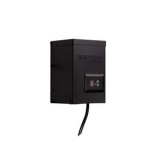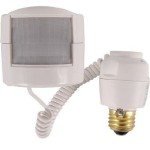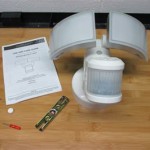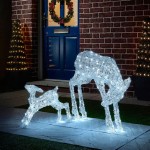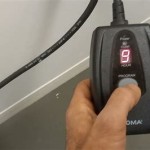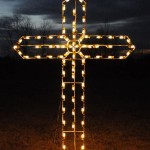How to Connect Outdoor LED Lights: A Comprehensive Guide
Outdoor LED lights offer numerous benefits, including energy efficiency, long-lasting performance, and enhanced aesthetics. Properly connecting these lights is crucial for optimal performance and safety. This comprehensive guide will provide you with step-by-step instructions on how to connect outdoor LED lights professionally and safely.
Planning and Preparation
Before beginning installation, it's essential to plan the layout of your outdoor lighting system. Determine the number and placement of lights required to illuminate your desired areas effectively. Ensure you have the necessary tools and materials, such as electrical wire, connectors, and a voltage tester.
Choosing the Right Wires
Selecting the appropriate wire is crucial for maintaining electrical safety. Outdoor LED lights typically require low-voltage wires, such as 12-volt or 24-volt. Ensure the wire gauge is sufficient for the distance and wattage of the lights being used. For longer runs, thicker gauge wires (e.g., 14 AWG) are recommended to minimize voltage drop.
Connecting the Lights
Connect the LED lights to the wires using waterproof connectors. These connectors come in various types, such as waterproof T-connectors for branching wires and quick-connect terminals. Ensure the connections are secure and watertight to prevent electrical hazards.
When connecting multiple lights in series, ensure the total wattage does not exceed the power supply's capacity. Connect the lights in parallel if the total wattage is anticipated to be high.
Powering the System
The LED lighting system requires a power source, which can be a transformer, driver, or power supply. Determine the voltage and wattage requirements of your lights and select an appropriate power source. Connect the power source to the electrical outlet using a weatherproof cord. Ensure all connections are tight and secure.
Testing and Troubleshooting
Once the lights are connected, test the system using a voltage tester to verify that electricity is flowing through the circuit. Inspect all connections for any loose wires or potential hazards. If any issues are identified, troubleshoot by checking the connections, wires, and power source.
Ensuring Safety
Electrical safety is paramount when installing outdoor LED lights. Follow these precautions to minimize risks:
- Use only outdoor-rated light fixtures and components.
- Install lights according to local building codes and manufacturer's instructions.
- Wear appropriate personal protective equipment (e.g., gloves, safety glasses).
- Turn off the power before working on the electrical system.
- Regularly inspect the lighting system for any damage or hazards.
Conclusion
Connecting outdoor LED lights requires careful planning, proper wire selection, secure connections, and attention to safety. By following these detailed instructions, you can ensure your outdoor lighting system performs optimally, enhances your property's aesthetics, and provides peace of mind.

Outdoor Led Lighting Install

The Complete Guide To Outdoor Led Strip Lights Lighting Access

Electrical Wiring From A Photocell To An Outdoor Led Floodlight Or Reflector 110v Devices

How To Choose And Install Led Garden Lights

How To Choose And Install Led Garden Lights

Step By Guide Installing Outdoor Lighting Around Your Home Govee

Connectpro Mv054 Warm White 5m Outdoor Led Cer Lights Connectable Black Rubber Cable

How To Install Outdoor Led Lighting This Old House

Connectgo Outdoor Led Fairy Lights Black Rubber Cable Festoon Light

Lyyt Connect 2m 100 Warm White Led Connectable Outdoor Icicle Lights Diy At B Q
Related Posts
